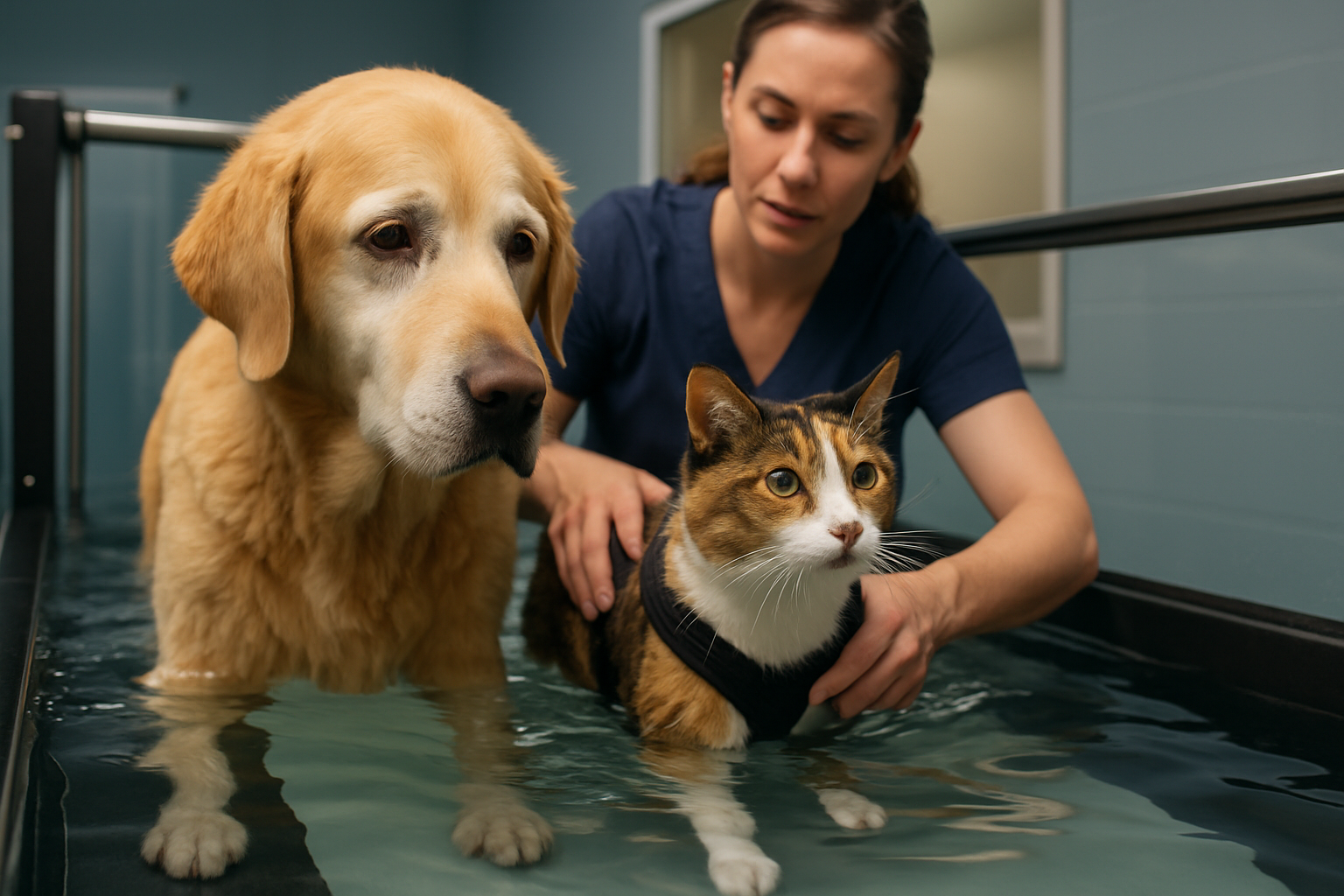Pet Insurance: Protecting Your Furry Friends and Your Wallet
Pet insurance is a valuable investment for pet owners who want to ensure their beloved animals receive the best possible care without breaking the bank. As veterinary costs continue to rise, more pet parents are turning to insurance to help manage unexpected medical expenses for their dogs and cats. This comprehensive guide will explore the ins and outs of pet insurance, helping you make an informed decision about whether it's right for your furry family members.

Typically, pet insurance covers unexpected accidents and illnesses, such as broken bones, infections, or chronic conditions. Some policies also include wellness coverage for routine care like vaccinations and check-ups. The specifics of what’s covered and how much you’ll be reimbursed vary depending on the policy and provider you choose.
What are the main benefits of having pet insurance?
One of the primary advantages of pet insurance is the peace of mind it provides. Knowing that you have financial support in case of a medical emergency can alleviate stress and allow you to focus on your pet’s well-being rather than worrying about costs. This can lead to better decision-making when it comes to your pet’s health, as you’re less likely to delay or avoid necessary treatments due to financial concerns.
Pet insurance can also help you budget more effectively for your pet’s healthcare needs. Instead of facing potentially large, unexpected vet bills, you’ll have a more predictable monthly premium. This can be especially beneficial for pet owners with limited savings or those who want to avoid dipping into emergency funds for pet-related expenses.
How do you choose the right pet insurance policy?
Selecting the best pet insurance policy requires careful consideration of several factors. First, consider your pet’s age, breed, and current health status, as these can affect both the cost and availability of coverage. Some breeds are prone to specific health issues, which may influence your coverage needs.
Next, evaluate different types of policies and coverage options. Basic accident-only plans are typically the most affordable but offer limited protection. Comprehensive plans that cover both accidents and illnesses provide more extensive coverage but come at a higher cost. Some policies also offer optional wellness add-ons for routine care.
Pay close attention to policy details such as deductibles, reimbursement rates, and annual or lifetime coverage limits. A higher deductible usually means lower monthly premiums but more out-of-pocket expenses when you make a claim. Reimbursement rates typically range from 70% to 90% of covered expenses, while coverage limits can vary widely between providers.
What factors affect the cost of pet insurance?
Several factors influence the cost of pet insurance premiums. The age of your pet is a significant factor, with older animals generally costing more to insure due to their increased likelihood of health issues. The breed of your pet also plays a role, as some breeds are predisposed to certain medical conditions.
Your location can affect premiums as well, with urban areas often having higher veterinary costs and, consequently, higher insurance rates. The level of coverage you choose, including the deductible, reimbursement rate, and annual limits, will also impact your premium.
How do different pet insurance providers compare?
When considering pet insurance, it’s essential to compare offerings from various providers to find the best fit for your needs and budget. Here’s a comparison of some popular pet insurance providers:
| Provider | Coverage Options | Key Features | Cost Estimation |
|---|---|---|---|
| Healthy Paws | Accident & Illness | No caps on payouts, fast claims processing | $30-$70/month for dogs, $15-$40/month for cats |
| Embrace | Accident & Illness, Wellness Rewards add-on | Diminishing deductible, 24/7 pet health line | $30-$60/month for dogs, $15-$30/month for cats |
| Trupanion | Accident & Illness | 90% reimbursement, no payout limits | $60-$100/month for dogs, $30-$70/month for cats |
| Nationwide | Whole Pet with Wellness, Major Medical, Pet Wellness | Coverage for exotic pets, wellness included in some plans | $35-$100/month for dogs, $20-$70/month for cats |
Prices, rates, or cost estimates mentioned in this article are based on the latest available information but may change over time. Independent research is advised before making financial decisions.
Is pet insurance worth the investment?
Determining whether pet insurance is worth it depends on your individual circumstances and risk tolerance. For many pet owners, the peace of mind and financial protection provided by insurance justify the monthly premiums. This is especially true for those with young, healthy pets who can lock in lower rates early on.
However, pet insurance may not be the best choice for everyone. If you have significant savings set aside for pet emergencies or if your pet is older with pre-existing conditions that may not be covered, self-insuring might be a more practical option.
Ultimately, the decision to purchase pet insurance should be based on a careful evaluation of your pet’s needs, your financial situation, and your comfort level with potential veterinary expenses. By weighing the pros and cons and comparing different policies, you can make an informed choice that best protects both your furry friend and your wallet.






